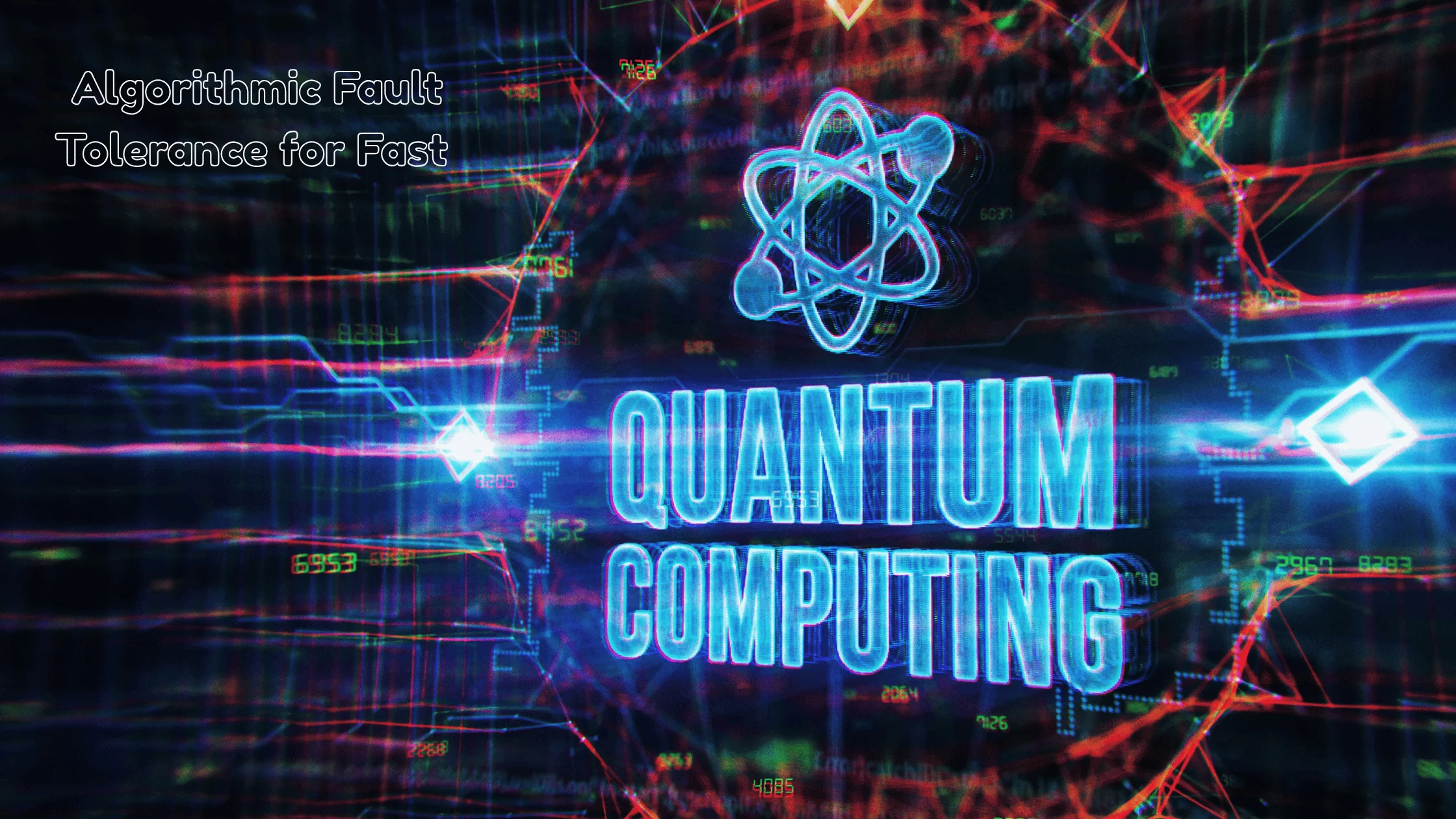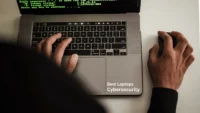Algorithmic Fault Tolerance for Fast Quantum Computing
Published: 1 Jun 2025
Promises of a quantum speedup in solving hard problems exist because they are built using basic components that work in fundamentally different ways from those of a classical computer. However, a real speedup over classical methods has eluded us so far.

I believe that a reason we haven’t seen a true speedup is that we have imbued the quantum algorithm with too much power by not doing a good enough job in making it fault-tolerant.
In this talk, I will describe how to achieve algorithmic fault tolerance in order to make qubits truly quantum, how we might in the process of making powerful fault-tolerant algorithms find that quantum computation is a much more natural way to do certain kinds of speedup, and how this approach might overcome the current impasse in seeing any real speedup. END OF TALK.
Understanding Quantum Errors
In classical computing, errors are generally binary and localized. But in quantum computing, where states exist in superposition and particles can be entangled, errors are much more complex. The main kinds of errors that can occur in quantum computing are:
- Errors caused by qubit flips: Qubits can randomly toggle between |0⟩ and |1⟩.
- Phase-flip errors: Unwanted phase changes may occur in quantum states.
- Dephase: Qubits depicted lose their unique quantum properties due to interactions with their environment.
The challenge is to design quantum algorithms that remain robust against these errors and maintain computational speed.
Algorithmic Approaches to Fault Tolerance
Although it is common to utilize quantum error correction (QEC) codes like Shor’s and Surface codes, a complementary method for making quantum computations more efficient is known as algorithmic fault tolerance.
Quantum Algorithms that are Aware of Errors
Algorithms can be created to detect and lessen errors in a dynamic fashion that reduces the need for large amounts of error correction. Some methods involve the following:
- Sequences of resilient gates: Employing error-resistant gate designs that reduce the buildup of errors.
- Dynamic error mitigation: Algorithms that adjust computation based on real-time noise analysis.
Quantum Redundancy and Error Suppression
Drawing motivation from classical redundancy methodologies, quantum algorithms can be designed with redundancy that serves the same purpose as error suppression. A logical qubit can be used to perform algorithms in a way that encodes multiple physical qubits redundantly.
That is, if a computational algorithm needs to use a qubit, it can use a logical qubit that performs the same function and that is formed from several physical qubits.
- Computation paths that can tolerate faults: Several computation paths can be traversed, from which the mostly likely paths can be selected using probability.
Machine Learning-Based Error Prediction
The latest developments combine machine learning with quantum algorithms to dynamically predict and correct errors.
- Neural networks in the quantum realm predict errors: Artificial intelligence models discern patterns in quantum systems to predict errors before they happen.
- RL for algo adaptation: Quantum algorithms change their execution strategies when they observe errors. They are trained to do this.
Decoherence-Free Subspaces
Decoherence-free subspaces (DFS) are quantum states that stay unaffected by certain types of noise. They offer an alluring promise for the design of quantum computers since they could allow one to work in a noise-heavy environment while maintaining computational speed. DFS computational algorithms are not easy to come by, but they are known.
Impact on Fast Quantum Computing
Increasing the speed and reliability of quantum computations can be achieved through implementation of algorithmic fault tolerance. The upsides are:
- Less dependence on hardware error correction means quicker computations.
- Enhanced scalability that permits the execution of large and intricate quantum algorithms.
- Improved stability of quantum circuits. Enhanced quantum circuit stability means minimizing energy loss due to error propagation.
Conclusion
Fast quantum computing relies on fault-tolerant algorithms. These algorithms embed error-resistant strategies within quantum computing processes. The challenge is to mitigate quantum error dynamics, or to manage the “qualms” that a working quantum computer might have, in order to realize practical, large-scale, efficient quantum computing. The use of the term “qualms” to describe quantum error dynamics invokes a sense of the speed bumps that errors might put in the way of a quantum computer working well on practical tasks, and of the electron, or “um”, that a fault-tolerant quantum algorithm is expected to overcome.

- Be Respectful
- Stay Relevant
- Stay Positive
- True Feedback
- Encourage Discussion
- Avoid Spamming
- No Fake News
- Don't Copy-Paste
- No Personal Attacks

- Be Respectful
- Stay Relevant
- Stay Positive
- True Feedback
- Encourage Discussion
- Avoid Spamming
- No Fake News
- Don't Copy-Paste
- No Personal Attacks





